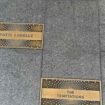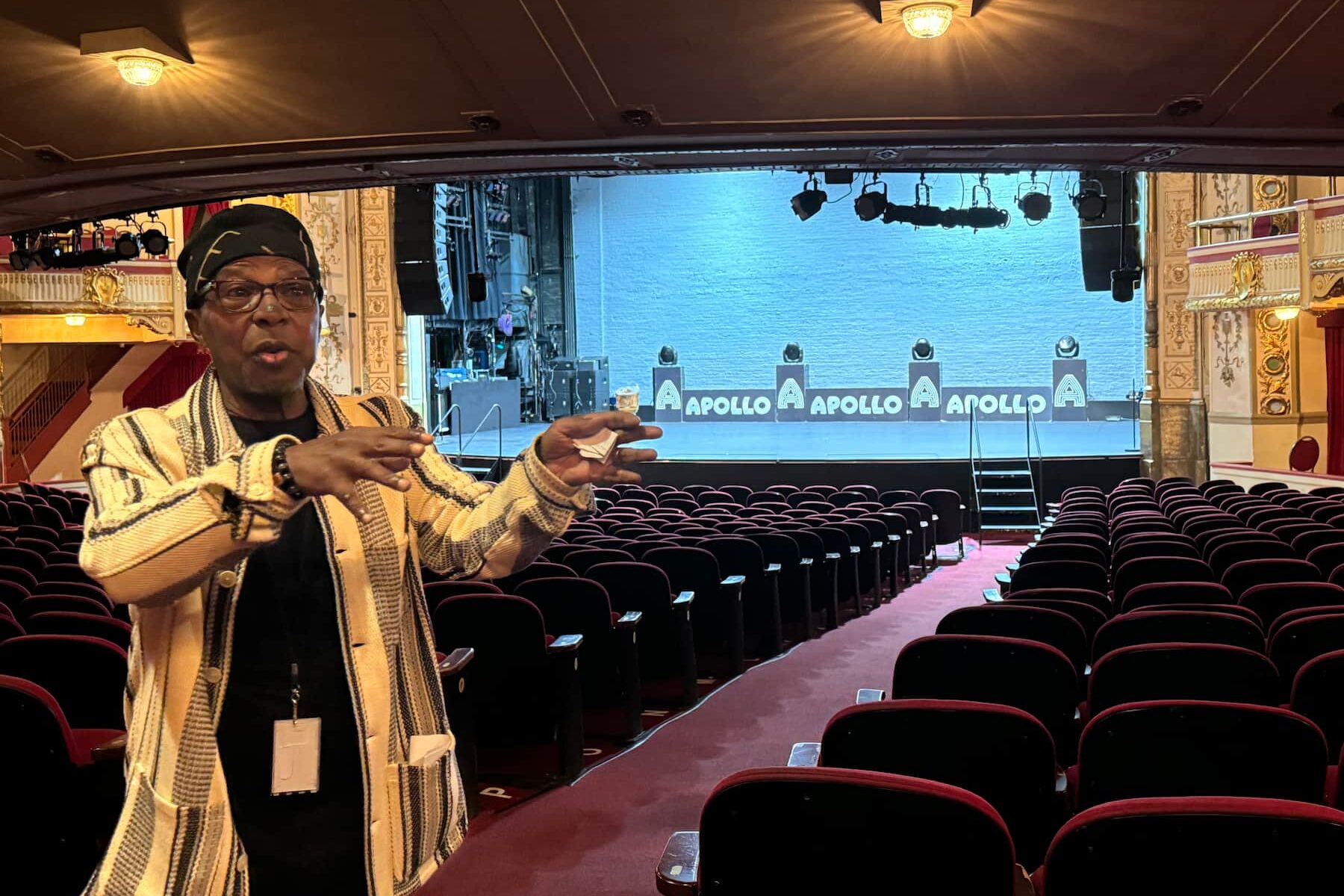
Go World Travel is reader-supported and may earn a commission from purchases made through links in this piece.
A visit to the Apollo Theater in New York City is often on many tourists’ bucket lists. This storied place is not only Harlem’s most famous historic landmark, but it’s also the birthplace for the careers of countless artists, from Ella Fitzgerald, Billie Holiday and Gladys Knight & the Pips to The Jackson 5, Marvin Gaye, Aretha Franklin, Stevie Wonder and even Machine Gun Kelly. This is “Where Stars are Born and Legends are Made.”
Planning a last-minute trip to New York?
Top Experiences and Tours in New York:
- See the sights with a tour of NYC: Museum of Modern Art (MoMA) Timed-Entry Ticket
- See more with NYC: SUMMIT One Vanderbilt Experience Ticket
- Explore New York with Go City®
Where to stay and transportation in New York:
- Find accommodation with Agoda
- Book a hotel through Booking.com
- Find a rental car through RentalCars.com
Meet Billy Mitchell, “Mr. Apollo,” Your Tour Guide
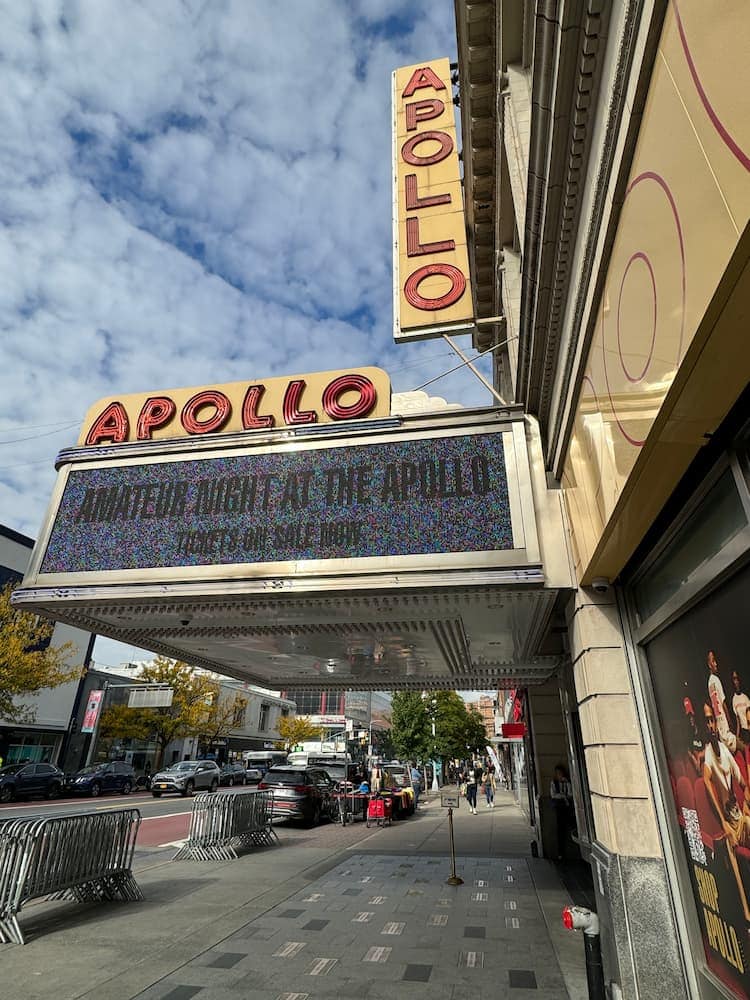
The story behind the Apollo is as interesting as those who have graced its hallow stage. And to learn about this notable venue, meet Billy Mitchell, also known as “Mr. Apollo,” the theater’s tour guide, official historian and lifelong legend. Having been with the Apollo for over 58 years, Billy possesses a wealth of information and is “The Man.”
He regales tour groups, connecting the past, present and future of the theater through his entertaining and inspiring stories. Visitors are transported through the significant eras in Harlem during an engaging presentation that is part performance/part lecture. His backstage memories and tales offer insight that only a true insider can provide.
Billy Mitchell and the Apollo Go Way Back
Billy’s first introduction to the Apollo was on one fateful day in 1965. His mom sent him to Harlem from the South Bronx to borrow some money from an aunt who lived in the area, right across the street from the theater. It was while running this errand that he came face-to-face with Frank Shiffman, co-founder of the Apollo, who asked him if he wanted to make some money.
Though Billy was hesitant and apprehensive initially, he accepted this stranger’s offer, which he soon learned involved doing errands for a man named Berry Gordy. Berry was hosting a show called “Motown” at the theater. It was the first time Billy saw The Supremes, The Temptations, The Four Tops, Marvin Gaye, Stevie Wonder and a group called the Contours. And he was hooked!
James Brown and Marvin Gaye took Billy under their wing, stressing education and giving him money to further his schooling. He went on to work on Wall Street, but unhappy with his job, he eventually quit to go back to the Apollo as an usher. Opportunities followed and over the years, Billy assumed a variety of positions in different departments of the theater, learning its ins and outs.
He has done everything from handing out flyers, managing the gift shop, security, marketing, stagehand and group sales to producing and creating the Apollo Theater tour.
Best Tips & Tools to Plan Your Trip
Learn About the Colorful History of the Theater
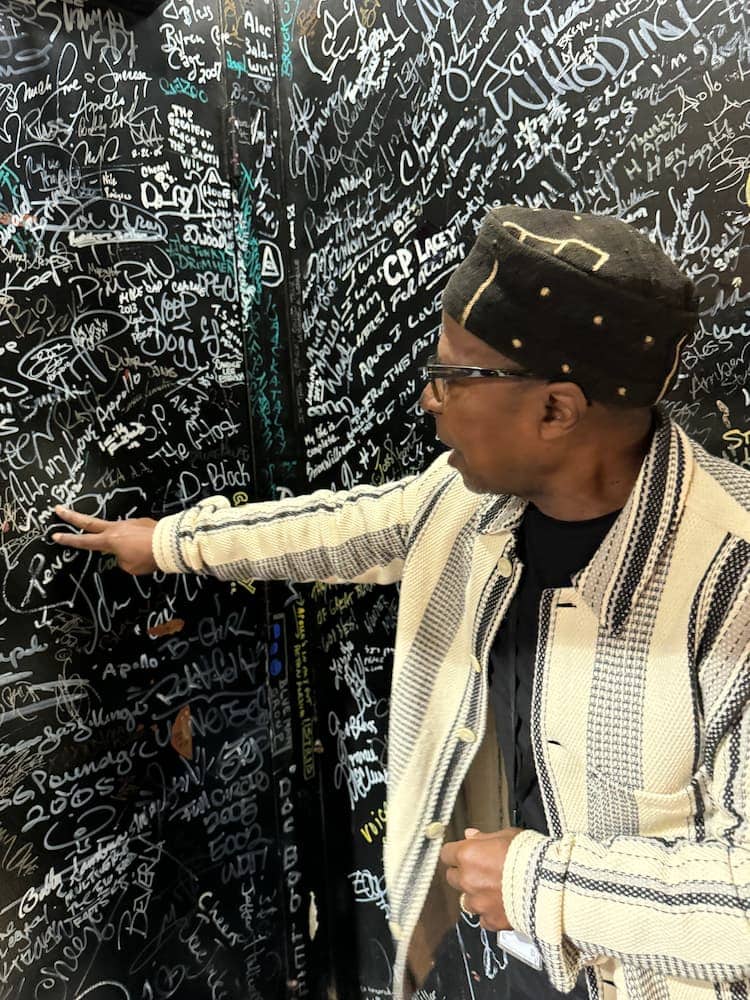
As for the theater’s history, it was first owned by Sidney Cohen. The handsome, Neoclassical-style building with its domed ceiling, cornices and classical decorations sporting motifs of garlands, wreaths and medallions was designed by George Keister. It opened in 1914, not as the Apollo, but as Hurtig & Seamon’s New Burlesque Theater. During this time, African Americans were not allowed to attend as patrons or to perform.
In 1933, Fiorello La Guardia, who would later become NYC’s Mayor, campaigned against burlesque and its bawdy reputation, eventually banning such houses and hastening the closing of Hurtig & Seamon’s. Cohen reopened the place as the 125th Street Apollo Theater in 1934 with his partner Morris Sussman, who served as manager.
The pair changed the format of the shows from burlesque to variety revues and focused their marketing attention on the growing African American community in Harlem.
Two years later, Frank Schiffman and Leo Brecher took over the Apollo, operating the theater until the late 1970s. It closed, then reopened briefly before closing again in 1979. Percy Sutton and a group of private investors stepped in to buy it in 1981 and equipped it with a recording and television studio.
Two years later, the Apollo received state and city landmark status and in 1991, the Apollo Theater Foundation, Inc. was established to manage, fund and oversee programming for the venue. Today, the 1,500-plus-seat theater presents concerts performing arts, film screenings, education and community outreach activities.
Amateur Night at the Apollo Is Not for the Faint-Hearted
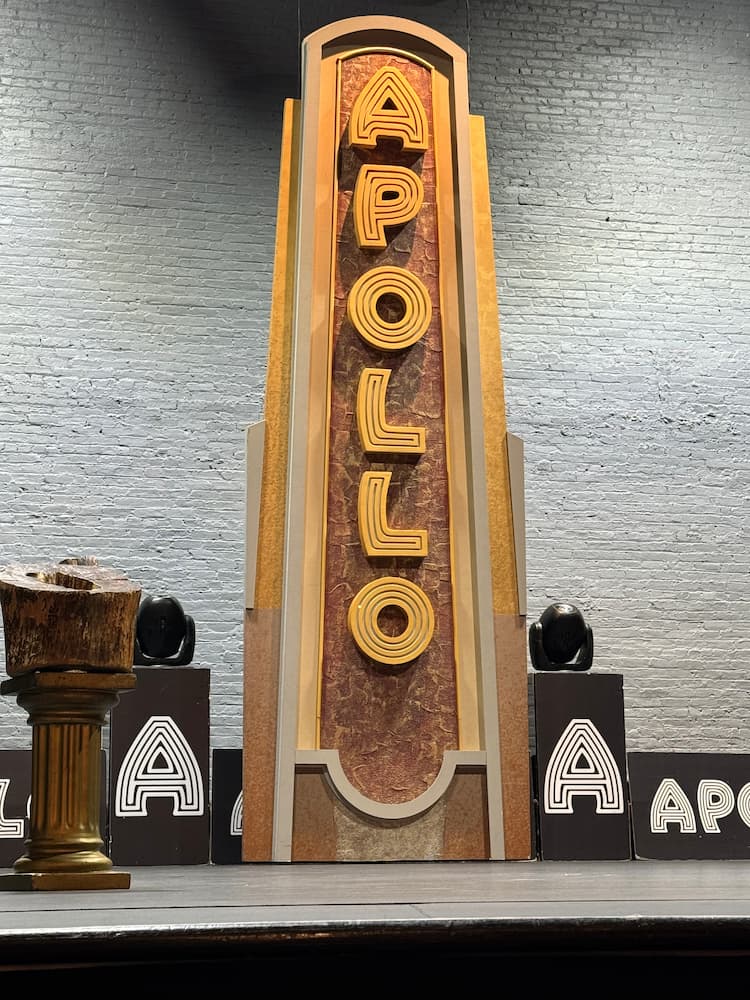
One of its most popular entertainment experiences is Amateur Night at the Apollo, which attracts performers and audiences from all over the world. Held every Wednesday evening and broadcast on the radio, this talent competition has jumpstarted the careers of innumerable singers, dancers, rappers and musicians.
The notoriously tough audience during this interactive evening voices its preferences as to who will “Be Good or Be Gone!” If the crowd starts to boo the act on stage, the “Executioner” ushers the performer(s) off in an unceremonious exit. At stake is a grand prize of $20,000. Among the first winners of this competition was Ella Fitzgerald in 1934. She was only seventeen years old at the time.
Take to the Stage for a Chance in the Spotlight
During a tour of the Apollo, Billy invites anyone in the group to voluntarily get up on stage and perform. He promotes the opportunity as a badge of honor for those brave enough to strut their stuff. You can sing, dance, tell a joke, rap, etc. The rules are simple: no booing and no judging from the peanut gallery.
Don’t Forget to Rub the Tree of Hope for Good Luck
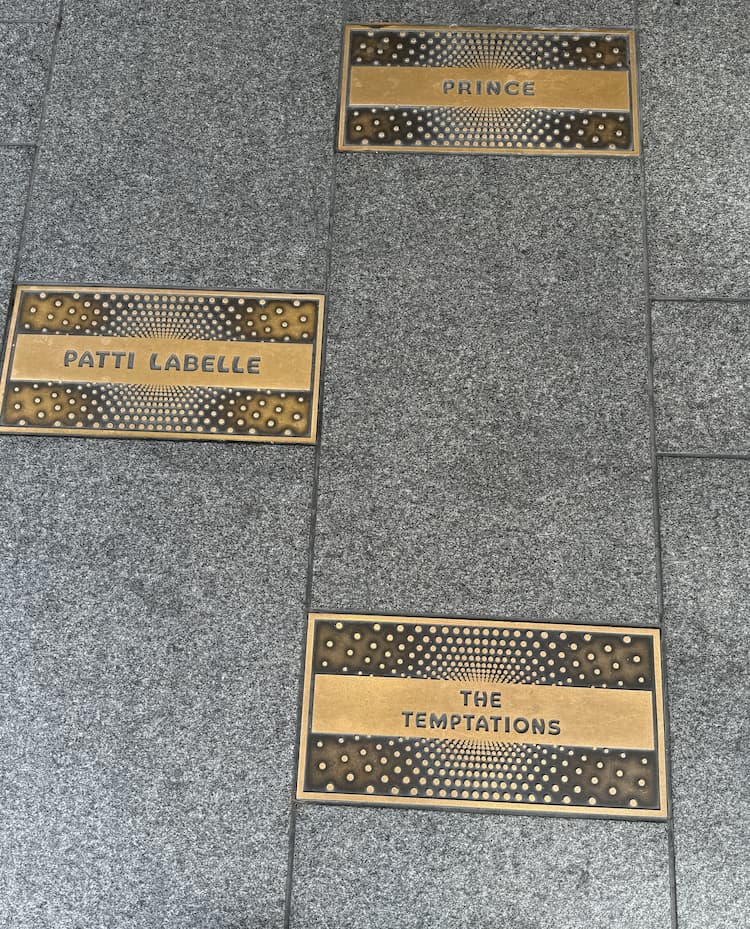
Prior to performing, each individual must rub the Tree of Hope for good luck. The story has it that during the Harlem Renaissance, the original Tree of Hope, a stately elm, was purported to be a good luck charm to all who touched it. It seemed that those who did went on to give successful performances and remained employed.
Unfortunately, when the street was widened, the tree was cut down, but a piece of it was brought back to the Apollo. Today, the stump sits on a pedestal on the stage, where every entertainer can give it the traditional rub for good luck.
If you don’t, beware the consequences! Billy illustrates Justin Bieber as an example, who refused to touch it before his 2012 concert, saying, “I don’t need luck.” The power ended up going out in the middle of his show.
Check Out the Wall of Signatures
At the end of the tour, everyone is welcomed up on the stage to take photos, touch the Tree of Hope and check out the Wall of Signatures. This wall was started by the stage crew in 1989.
Hundreds of major stars and celebs have signed it over the years and it’s covered from top to bottom with the John Hancocks of everyone from Snoop Dog and P. Diddy to John Legend, Bruno Mars. Bruce Springsteen, LeBron James and even President and Mrs. Obama.
Billy’s Book Tells It All
Billy has since written an autobiography entitled They Call Me Mr. Apollo after being encouraged to put pen to paper by Michelle Obama. He gave her a tour some years ago and after hearing his many antidotes and adventures, she told him he needed to write a book. It’s clear Billy has much love for this theater and all it’s given him. In return, he has dedicated a lifetime to helping keep its culture alive.
Inspire your next adventure with our articles below:
Author Bio: Debbie Stone is an established travel writer and columnist, who crosses the globe in search of unique destinations and experiences to share with her readers and listeners. She’s an avid explorer who welcomes new opportunities to increase awareness and enthusiasm for places, culture, food, history, nature, outdoor adventure, wellness and more. Her travels have taken her to nearly 100 countries spanning all seven continents, and her stories appear in numerous print and digital publications.
- Together at Sea: A Mediterranean Family Adventure - April 27, 2024
- Travel Guide to Colorado - April 26, 2024
- Travel Guide to Croatia - April 26, 2024

